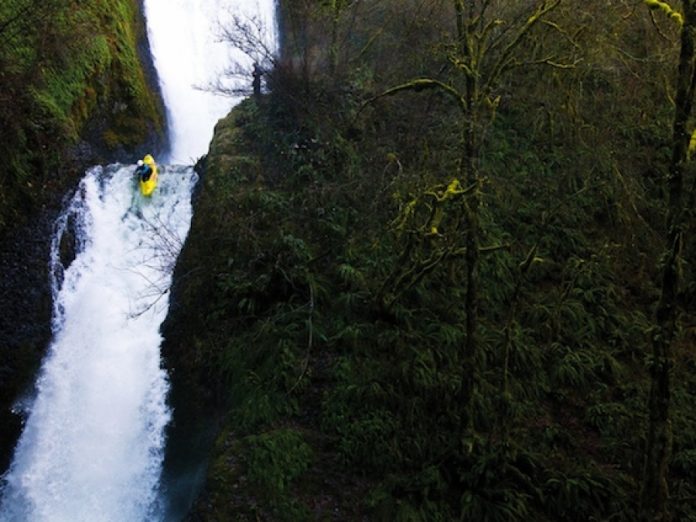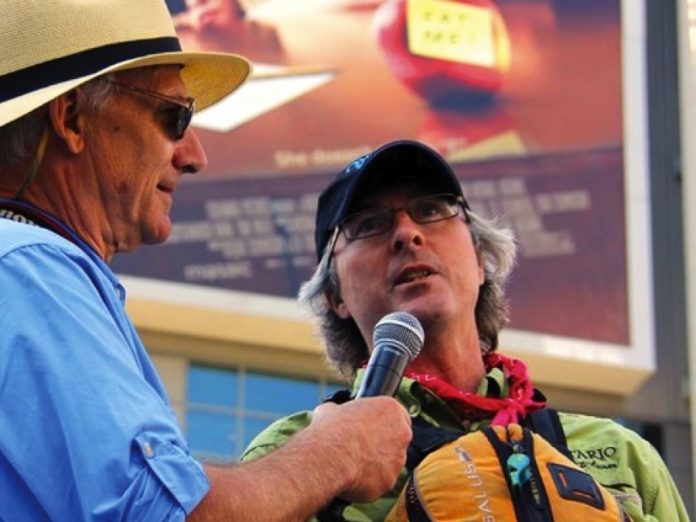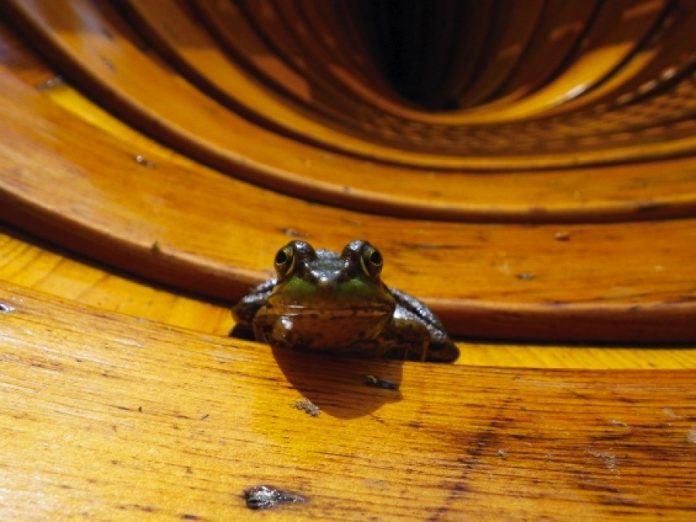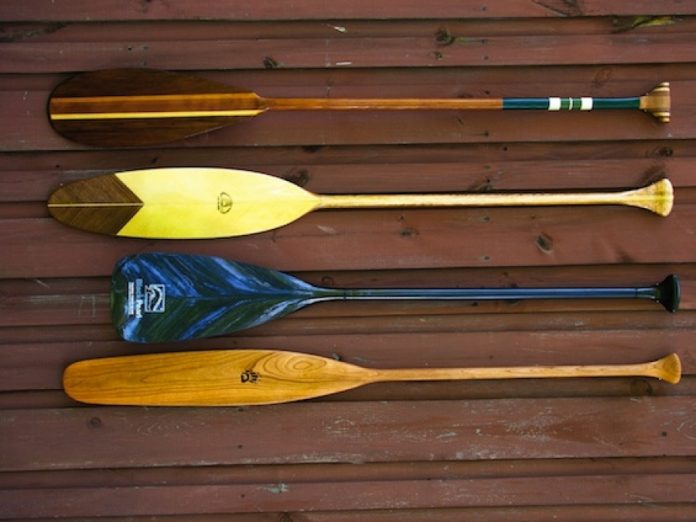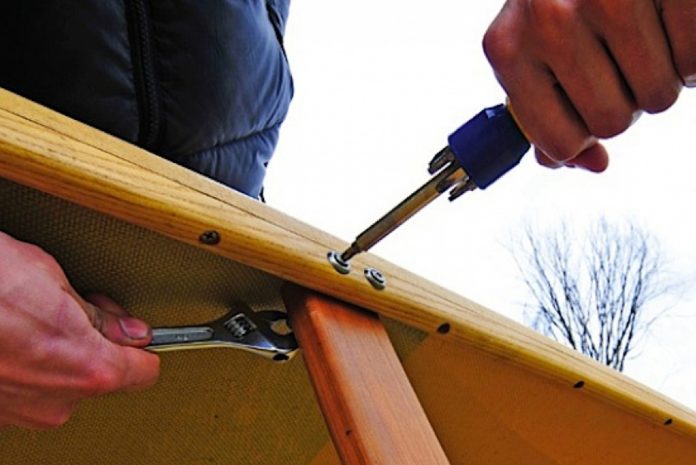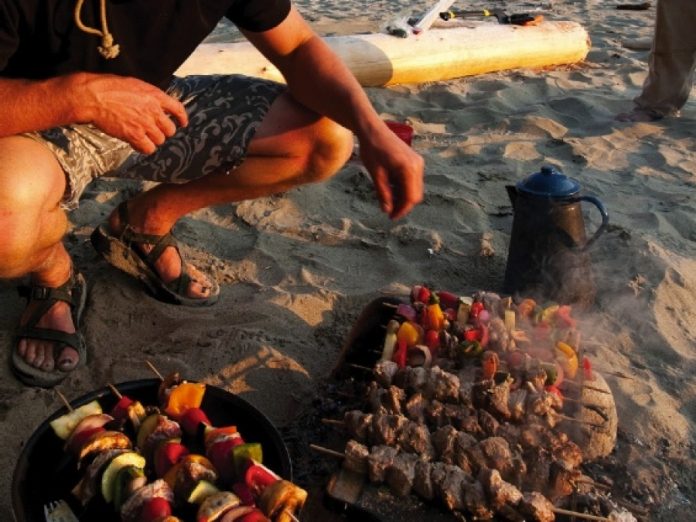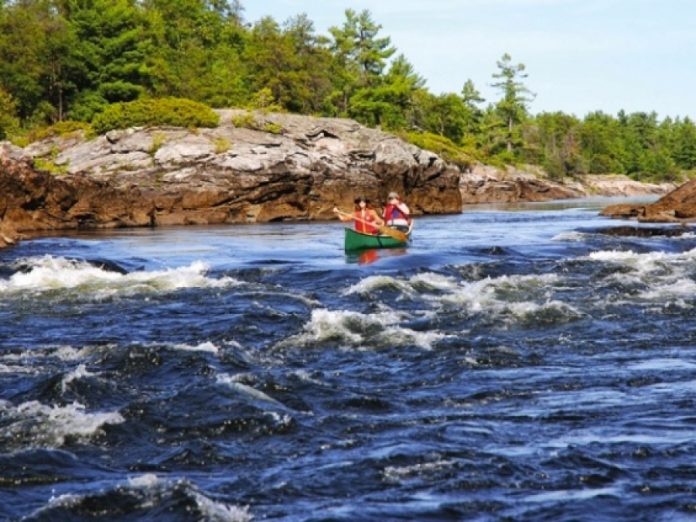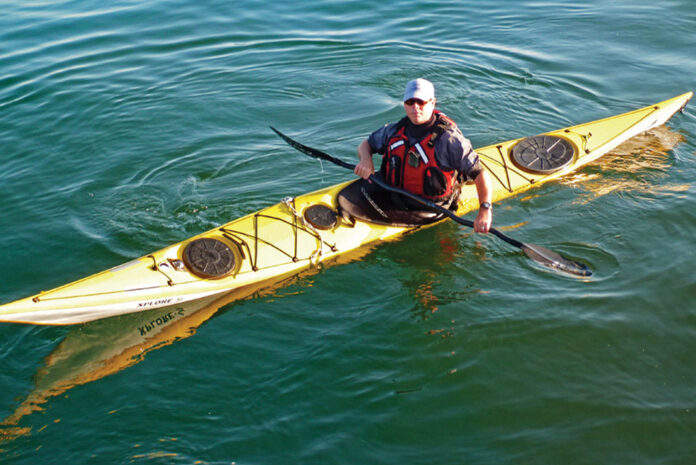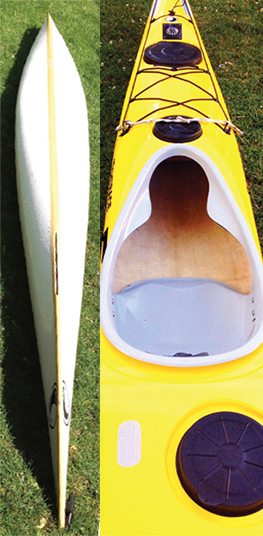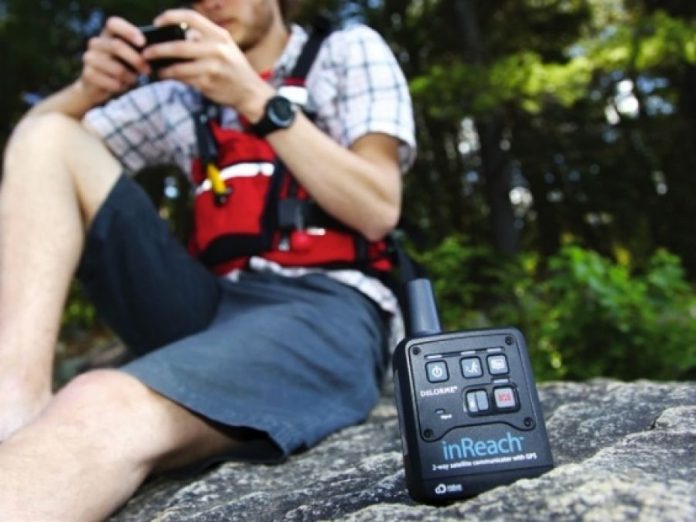Off the Tongue is a column that appears reguarily in Rapid magazine.
In 2009, Gawker.com called out the editor of Men’s Health, David Zinczenko, for copying and pasting old cover lines onto new magazine covers. Turns out Zinczenko has been recycling cover lines since 2004. To be fair, editors are always looking for what readers want and trying to deliver it to them. Men, if we are to believe Zinczenko, here’s what we really want: “Six Pack Abs” has been used on five Men’s Health covers, “Lose Your Gut” on five, and “Get Back in Shape” has run on 10 covers in five years. You get the idea.
Publishers track newsstand sales and editors run cover lines to entice readers into picking up a copy. A few magazine cover power words are: free, easy, shocking, secret, new, ultimate and sex. Virtually any magazine at the checkout counter of a grocery story uses these. Cosmo works all of them into a single cover story: “Shocking New Free and Easy Secrets to Ultimate Sex.”
Good cover lines are an essential part of selling magazines and, dare I say, are a lot like good pickup lines. You only have a few seconds to ignite a certain emotion and intrigue a person into buying the publication or letting you buy her a drink.
Magazine experts say editors should not be too clever on the cover. Satisfy a need and give readers the short answer fast. But sometimes it’s fun to break the rules. One of my favorite cover lines was a small print, bottom of the page story that ran on Outside magazine—”My Girlfriend Rappels Me: Inside the Crazy World of Adventure Dating.” Being happily married, I didn’t give them my five bucks, but the editors did get my respect for being clever.
A few years back on the cover of Rapid’s sister publication Adventure Kayak—I should note, a magazine with an older, more mature readership— we had a little too much fun when we ran these two cover lines: “Kayak Porn—Behind the Scenes with Bryan Smith” and “Derek Hutchinson: Why we Suck.” It was our editor’s mother who first noticed and expressed her disappointment at seeing the words porn and suck on the same cover. A dozen subscribers cancelled their subscriptions.
Over the years, I’ve learned that not-so-interesting stories don’t produce great cover lines. If we can’t make it sound intriguing in five words, it’s probably not all that interesting inside at 1,500.
The opposite is also true. A well-crafted, seductive headline usually makes for an interesting story.
This spring we were following tweets from @wwheadlines who has taken this idea one step further. Not burdened with having to publish or even write the accompanying stories, @wwheadlines tweets great headlines that would certainly intrigue readers and sell magazines. Here are some of my favorite whitewater headlines we can’t run, at least not yet:
Professional Kayaker Sets New World Record for Uses of the Word “Epic”
Upon Closer Inspection Steve Fisher Appears to be a Robot
Young Guns Celebrate 15th Anniversary of “The Future of the Sport”
Groundbreaking Kayaking Film to Feature Paddling Set to Rap Music
Following Breakup, Attractive Female Paddler Single for 3.4 Seconds
Eskimo Kayaks Announces Plans to Update 1989 Outfitting with 1994 Outfitting
River Karma Being Revamped to Include Competitive Scoring System
Poll Shows 63 Percent of Americans Still Oppose SUP Marriage
Aging EJ Forgets which Boat he is Supposed to be Hyping
In a Shocking Turn of Events, Sponsored Kayaker Recommends Sponsor’s Product
Grumman to Release All Aluminum Playboat.
– Scott MacGregor is the founder and publisher of Rapid.
This article originally appeared in Rapid, Fall 2012. Download our free iPad/iPhone/iPod Touch App or Android App or read it here.



